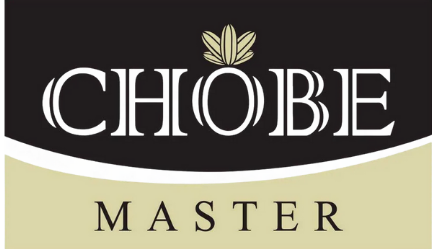
Whole Grains have long been recognized as a good fiber source, but researchers are now finding more and more health benefits that must be provided by whole grain foods. Learn why they are the best grains to consume and how in your diet you can get more whole grains.
What's the Full Grains?
Whole Grains maintain all three parts of the grain—including the fiber-rich outer shell (bran), energy-rich endosperm, and nutrient-packed germ—and are rich in vitamins, minerals, complex carbohydrates, antioxidants, and phytochemicals, and have also been found to possess several disease-fighting properties.
Health Effects of Whole Grains
Data suggests that women who eat the average of three portions a day (or 48 grams) of whole grain are up to 36% less likely to have heart disease, stroke, and diabetes than those who have about one serving a day. It is assumed that whole-grain fiber avoids the buildup of plaque in the arteries, thereby guarding against heart attack and stroke. Whole grains are often digested more slowly than processed grains, so blood sugar levels stay stable, which helps protect against diabetes.
Another study found that women who consumed more whole grains in their diet gained less weight over a ten-year period relative to those who consumed more processed grains. Experts attribute this to the high fiber content of whole grains, which makes a meal feel more balanced and helps to lower calories. Plus, high-fiber foods appear to take more chewing time, allowing your body time to register that you're finished, meaning you're less likely to overeat.
Choosing Full Grains goods
Buying whole-grain foods can be a little tricky, and there are so many misleading descriptions: Often, goods that claim to be "multigrain," "whole wheat," "enriched," or "100 percent wheat" simply contain only negligible quantities of Whole Grains, if any.
The clearer way to assess the Whole Grains content of a food is to review its list of ingredients and look for the type of grain ingredients used: Be aware that the label identifies the grain ingredients as "whole"—for example, "whole wheat"—and should ideally be classified as the first ingredient. If the second is stated, the entire product can only contain between 1% and 49 percent of the Whole Grains.
Whole Grains diet
Eat less processed flour (bagels, low-fiber cereals, spaghetti, pasta, white bread, white rice) and go for the following whole-grain foods:
100% whole-grain breads with ingredients such as whole-grain rice, stone-grain whole-grain flour, barley, oat bran, cracked maize, whole-grain rye and linseed. Look for at least 2 grammes of fibre per serving of 1 ounce.
- Whole-wheat cereals
- Whole-wheat pasta
- Chapati (a whole-wheat Indian flatbread)
- Whole-wheat tortillas
- Whole-wheat pita bread
- Air-popped or light microwave popcorn
- 100% whole-grain crackers
What nutrients are in Whole Grains? Whole grains are an excellent source of essential nutrients, including fiber, vitamins, minerals, antioxidants, and phytochemicals. Whole grains contain B vitamins, vitamin E, magnesium, iron, and selenium, as well as essential fatty acids. Whole grains provide complex carbohydrates, which are an important source of energy for the body. They are also rich in dietary fiber, which helps to reduce cholesterol levels, regulate digestion, and keep the digestive system healthy.
Benefits of Whole Grains
- Increased dietary fiber: Whole Grains are high in dietary fiber, which helps keep your digestive system regular and promotes gut health.
- Improved heart health: Eating Whole Grains can help reduce your risk of heart disease and stroke by lowering cholesterol levels and reducing inflammation in the body.
- Lower risk of type 2 diabetes: Whole Grains are high in fiber and can help regulate blood sugar levels, lowering your risk of developing type 2 diabetes.
- Weight management: Whole Grains can help you feel fuller for longer, preventing overeating and aiding in weight loss.
- Reduced risk of cancer: Regular consumption of Whole Grains has been linked to a lower risk of certain types of cancer, such as colorectal cancer.
Some examples of whole grains include:
- Bread: Look for breads that are made with 100% whole wheat flour:
Whole wheat flour retains the natural nutrients, fiber, and bran present in the grain, making it a healthier choice compared to bread made with refined flours. By opting for breads made with 100% whole wheat flour, individuals can enjoy the benefits of consuming whole grains as part of a balanced diet.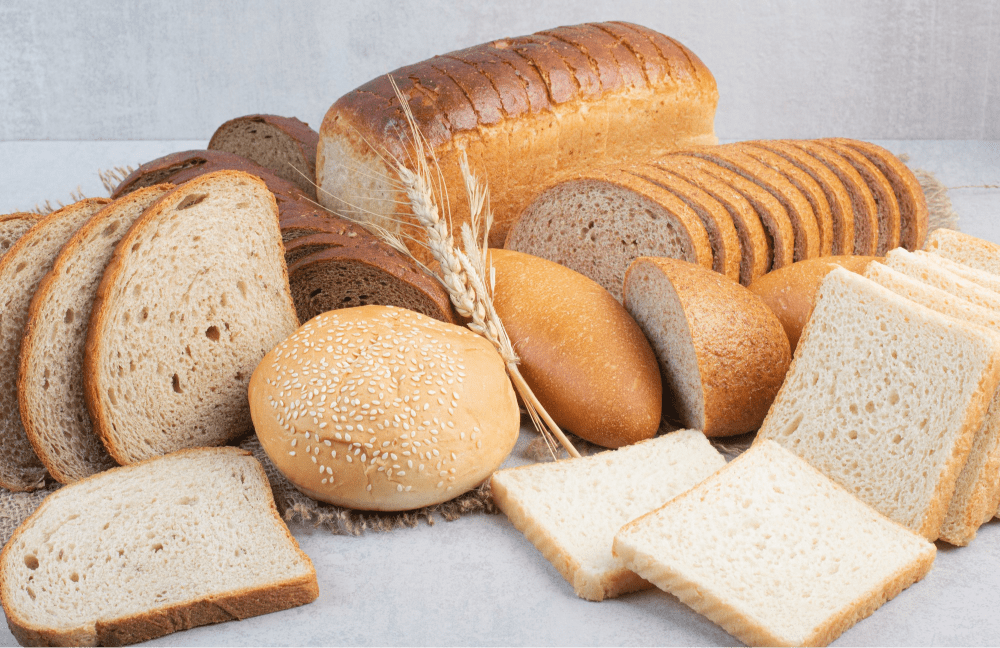
- Cereal: Choose cereals that are made with whole grains, such as oats, wheat, or barley.
Whole grains provide several health benefits as they contain the entire grain kernel, including the bran, germ, and endosperm. These components offer essential nutrients like fiber, vitamins, and minerals. By choosing cereals made with whole grains, individuals can enjoy a nutritious breakfast option that supports overall well-being.
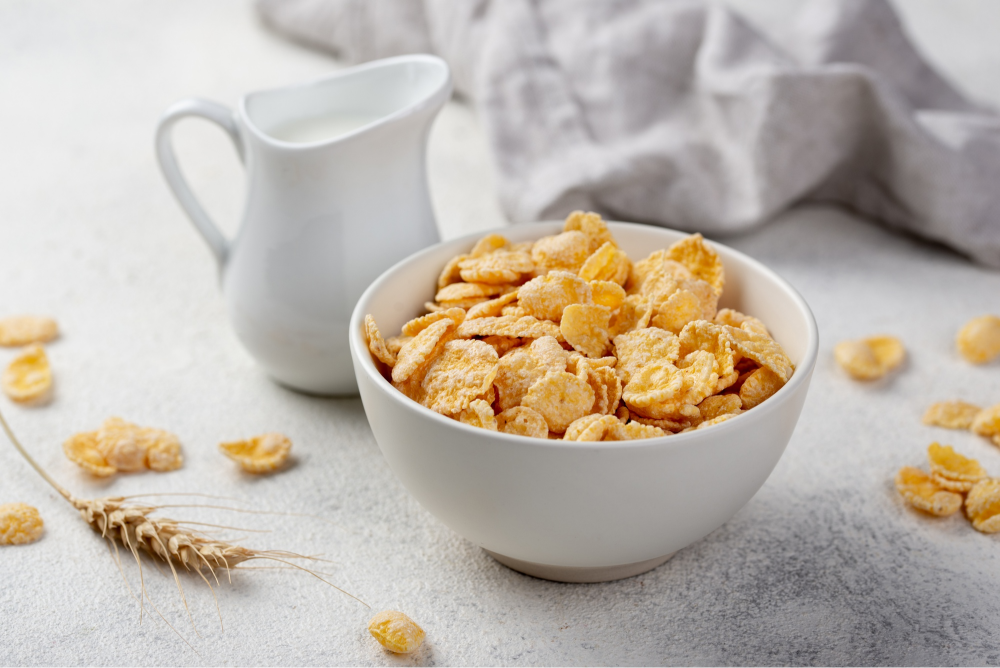
- Pasta: Look for pasta that is made with whole wheat flour.
Whole wheat flour is made by grinding the entire wheat kernel, including the bran, germ, and endosperm. This type of flour contains more fiber, vitamins, minerals, and antioxidants compared to refined white flour, which has been stripped of these nutritious components. By selecting pasta made with whole wheat flour, individuals can incorporate more whole grains into their diet, contributing to a healthier and more balanced eating habit.
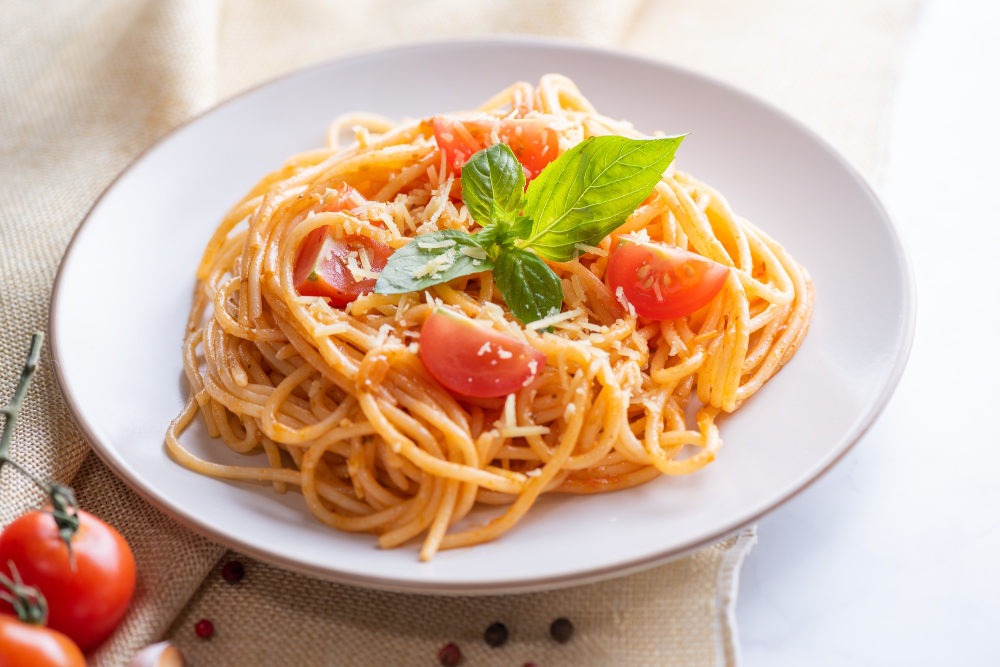
- Rice: Brown rice is a whole grain.
In the case of brown rice, the bran and germ remain intact, providing valuable nutrients such as fiber, vitamins, and minerals. Therefore, brown rice is considered a healthier alternative to white rice, which has had the bran and germ removed.
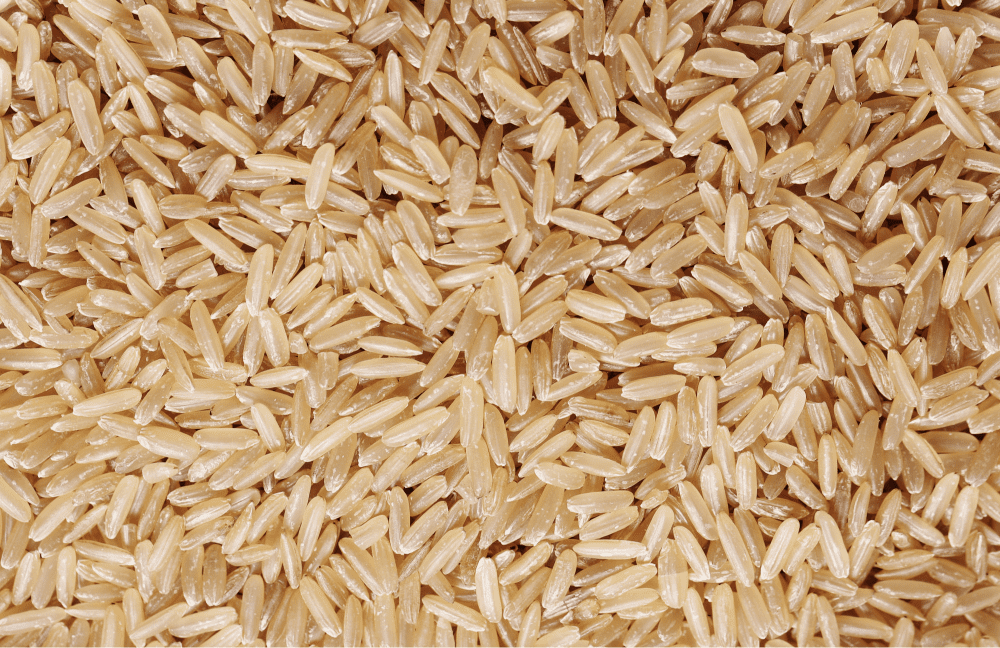
- Quinoa: Quinoa is a whole grain that is also a good source of protein.
Quinoa is a nutritious whole grain that stands out for its protein content. It is considered a whole grain because it contains all parts of the seed, including the bran, germ, and endosperm. In addition to being a whole grain, quinoa is also a valuable source of protein, making it an excellent choice for individuals looking to increase their protein intake. This pseudocereal contains all essential amino acids, making it a complete protein source, which is rare among plant-based foods. Due to its high protein content and other beneficial nutrients, quinoa has gained popularity as a healthy alternative to other grains and as a staple in vegetarian and vegan diets.
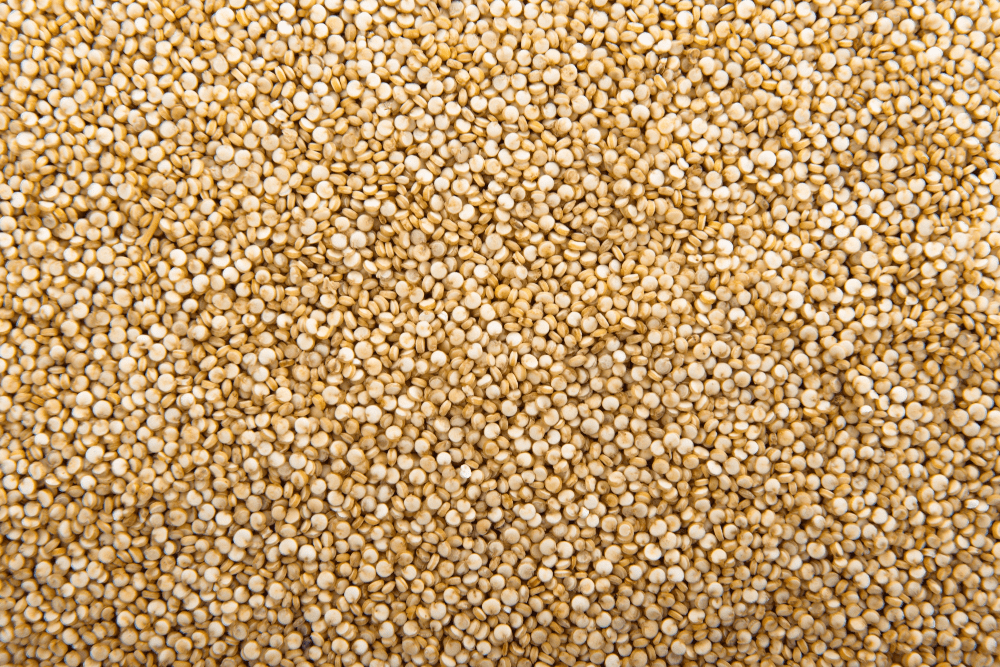
- Barley: Barley is a whole grain that can be used to make soups, stews, and salads.
Barley is a versatile whole grain that serves as a key ingredient in a variety of culinary dishes such as soups, stews, and salads. Known for its nutty flavor and chewy texture, barley adds a delightful element to these preparations. It is a nutritious grain that offers several health benefits due to its high fiber content and various essential nutrients. Whether incorporated into hearty soups, comforting stews, or refreshing salads, barley brings a distinctive taste and a wholesome element to these dishes.
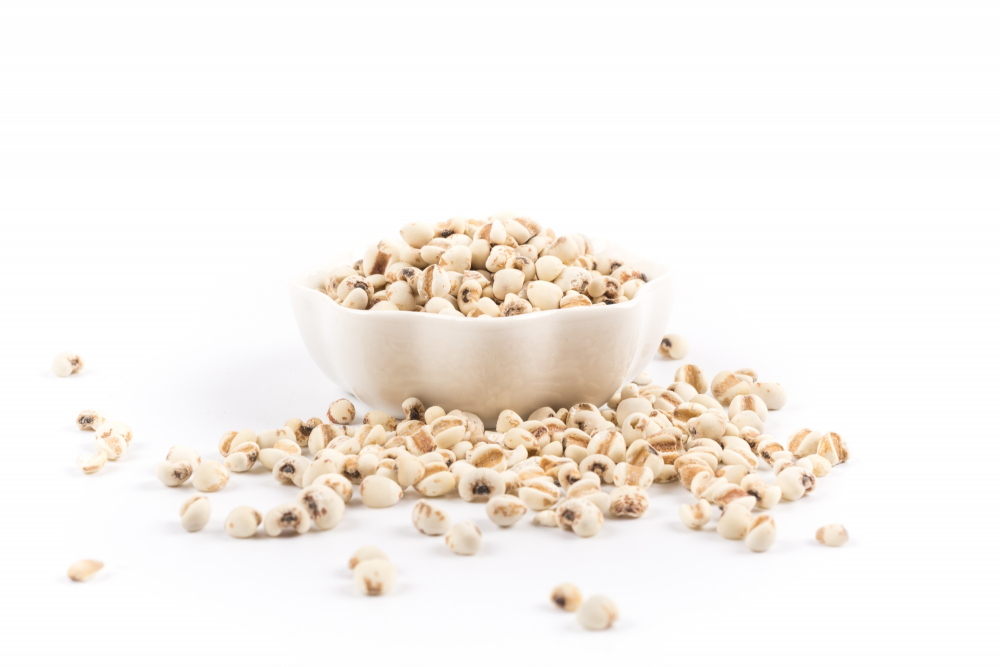
- Oats: Oats are a whole grain that can be eaten for breakfast or as a snack.
Oats are a nutritious whole grain that can be enjoyed as a breakfast option or a snack. They are known for their versatility and can be prepared in various ways to suit different tastes and preferences. Oats are often consumed in the form of oatmeal, which is made by boiling or soaking oats in water or milk. This comforting and filling dish can be customized with various toppings such as fruits, nuts, and sweeteners. Oats are also commonly used in baking, adding texture and flavor to cookies, granola bars, and other baked goods. They are a great source of fiber, vitamins, and minerals, and have been associated with several health benefits, including improved heart health and better digestion. With their high nutritional value and ease of preparation, oats have become a popular choice for those seeking a wholesome and convenient meal option.
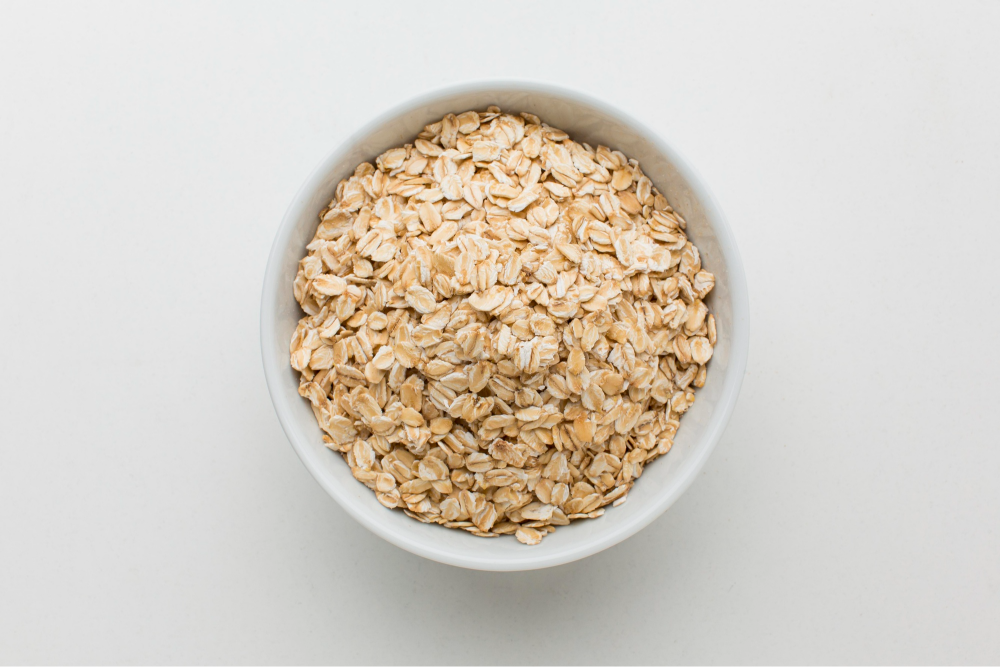
- Popcorn: Popcorn is a whole grain that is a good source of fiber.
Popcorn is a type of whole grain that serves as an excellent source of dietary fiber. This popular snack is derived from dried corn kernels, which, when heated, undergo a fascinating transformation as they pop into fluffy, edible morsels. Due to its whole-grain nature, popcorn retains the bran, germ, and endosperm parts of the corn kernel, making it a rich source of nutrients. Fiber, a key component of a healthy diet, can be found in abundance within popcorn, contributing to its status as a good source of this essential dietary component. Including popcorn as part of a balanced diet can offer both the pleasure of snacking and the benefits of dietary fiber.
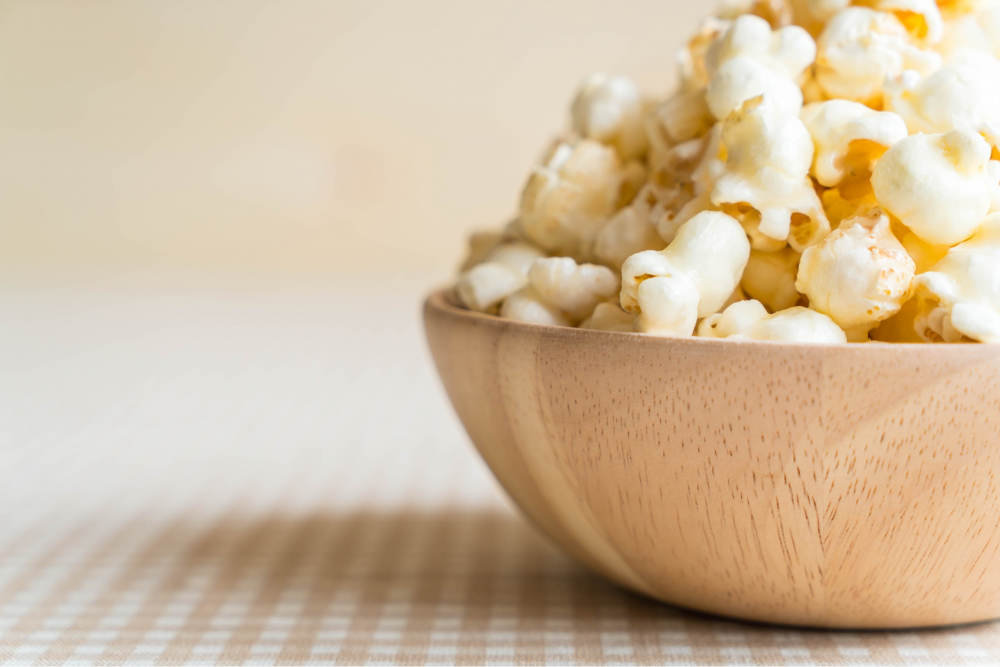
How Whole Grains can help our body?
Whole Grains foods are high in fiber, protein, vitamins, minerals, and antioxidants. They can aid in the prevention of heart disease, stroke, certain cancers, diabetes, and obesity. They can also aid in the regulation of blood sugar levels, digestion, weight management, and the prevention of constipation. They can also help to keep the digestive system healthy and improve overall health.
For more details about brown rice drinks, you may visit: CLICK HERE
